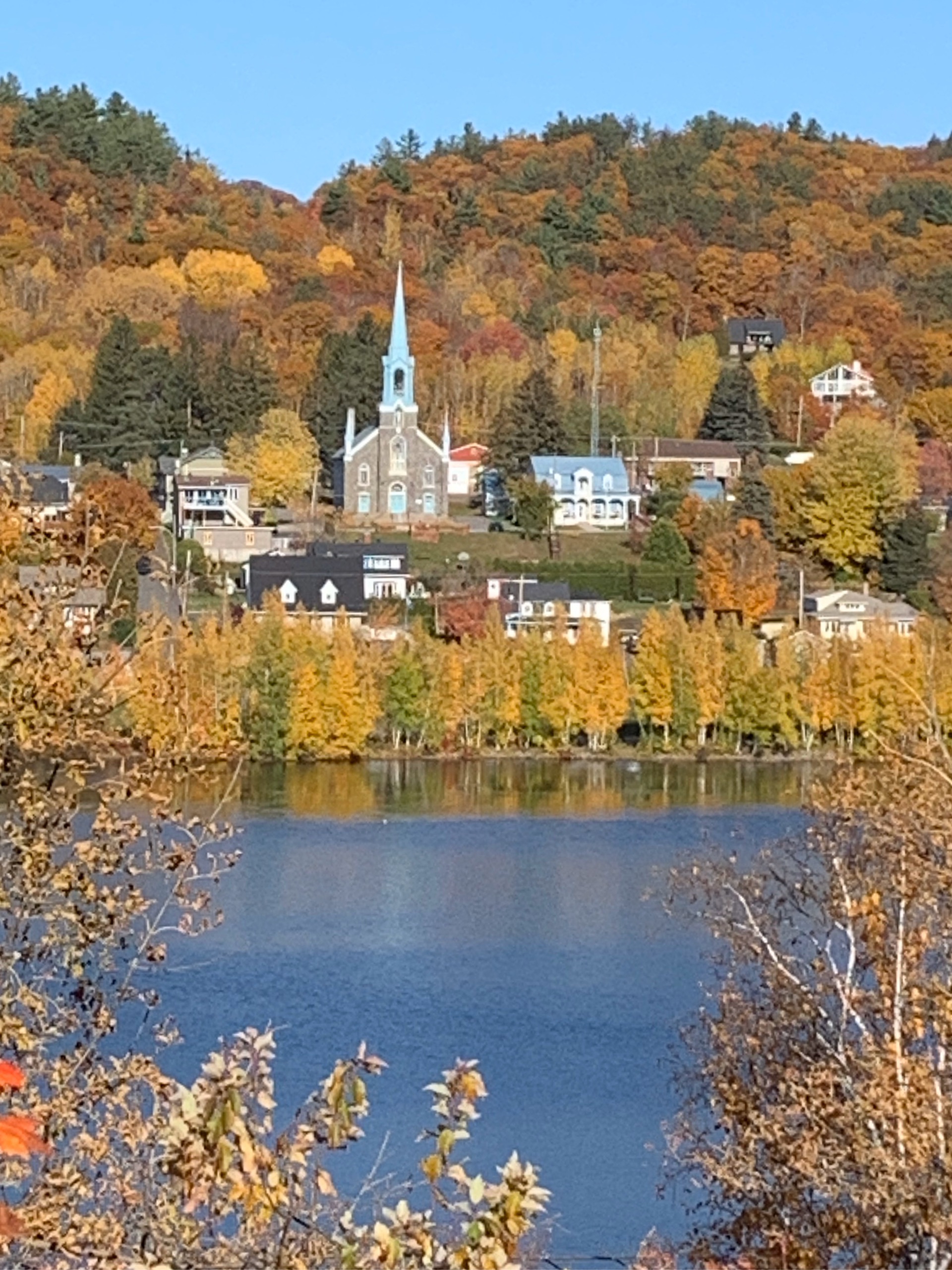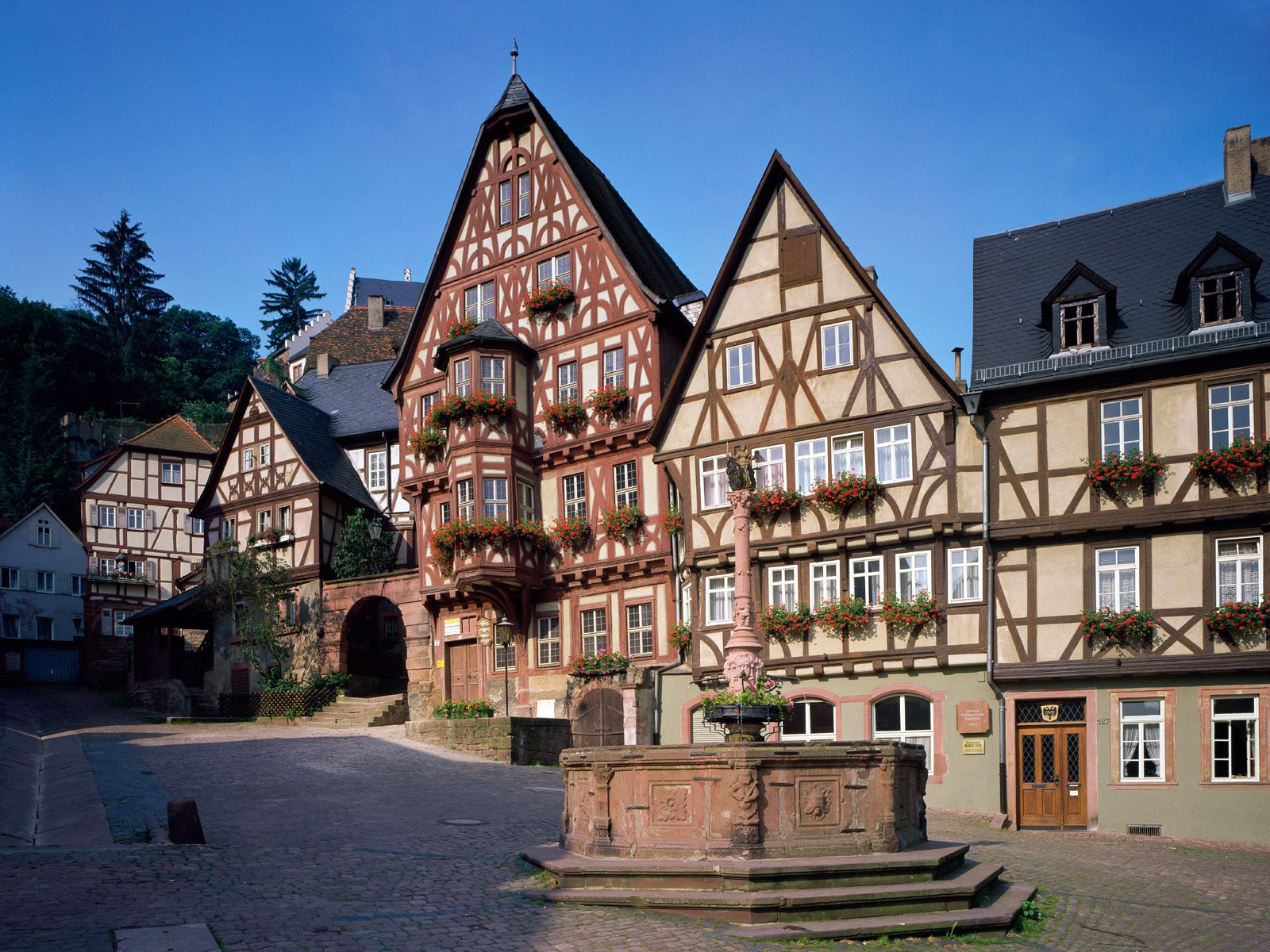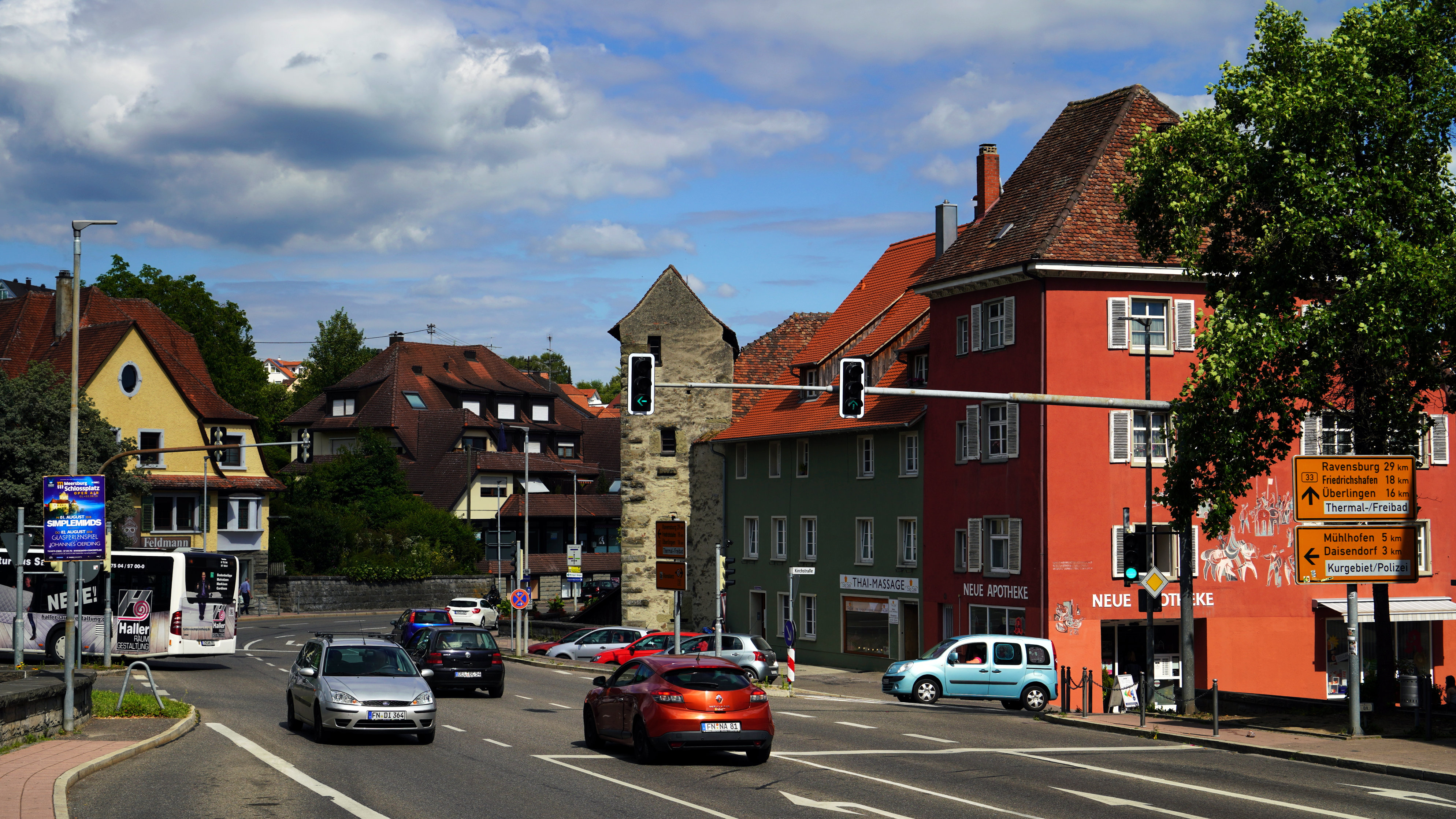Japan Travel
Tokyo’s Roppongi Art Museums: Contemporary Attractions
Tokyo’s Roppongi Art Museums: Contemporary Attractions
In the heart of Tokyo, the district of Roppongi stands as a vibrant symbol of the city’s transformation into a global cultural hub. Once primarily known for its nightlife and expatriate community, Roppongi has reinvented itself over the past two decades as a destination for art, architecture, and contemporary creativity. At the core of this evolution are its world-class art museums, which not only house groundbreaking exhibitions but also serve as architectural landmarks and social spaces. The Mori Art Museum, the National Art Center, Tokyo, and the Suntory Museum of Art together form a cultural triangle that attracts millions of visitors annually, offering a diverse and profound engagement with modern and contemporary art.
The most iconic of these institutions is the Mori Art Museum, located on the 53rd floor of the Roppongi Hills Mori Tower. Opened in 2003, the museum was conceived by real estate developer Minoru Mori as part of his vision to integrate art, life, and urban development. Unlike traditional museums, the Mori Art Museum does not have a permanent collection. Instead, it focuses on large-scale temporary exhibitions that explore themes of global relevance, often from an Asian perspective. This curatorial approach allows for flexibility and immediacy, addressing contemporary issues such as technology, identity, and urbanization. Exhibitions like "Roppongi Crossing" showcase cutting-edge Japanese artists, while international collaborations bring works by artists like Yayoi Kusama and Ai Weiwei to a broad audience. The museum’s sky-high location offers breathtaking views of Tokyo, reinforcing the connection between the art inside and the dynamic city outside. The adjacent Tokyo City View observation deck and the outdoor Sky Deck further enhance the visitor experience, making art appreciation part of a larger urban adventure.

Just a short walk from Roppongi Hills, the National Art Center, Tokyo (NACT) presents a starkly different but equally compelling model. Designed by renowned architect Kisho Kurokawa and opened in 2007, the building is a masterpiece of fluid, organic design. Its undulating glass facade and wave-like roof create a sense of movement, while the vast, open interior spaces are designed to accommodate multiple exhibitions simultaneously. Unlike most museums, the NACT functions primarily as an "empty museum," meaning it has no permanent collection of its own. Instead, it provides a prestigious venue for rotating exhibitions organized by other institutions, artists, and curatorial groups. This unique operational model allows it to host a wide variety of shows, from historical retrospectives to contemporary art fairs. The scale and flexibility of the space make it ideal for blockbuster exhibitions, such as the annual Japan Media Arts Festival or touring international shows featuring Impressionist masters or digital art pioneers. The museum’s central atrium, with its towering conical structure and natural light, serves as a welcoming public plaza, emphasizing its role as a communal gathering place.
Completing Roppongi’s art triangle is the Suntory Museum of Art, which moved to the Tokyo Midtown complex in 2007. Founded in 1961, the museum has a long history of celebrating Japanese traditional arts and crafts, but its relocation to Roppongi signaled a new chapter in its mission. Under the theme of "beauty in life," the museum blends historical artifacts with contemporary design, showcasing everything from ancient ceramics and lacquerware to modern graphics and glasswork. The exhibits are thoughtfully curated to highlight the continuity and evolution of Japanese aesthetics, often drawing connections between past and present. The museum’s design, by architect Kengo Kuma, reflects this philosophy: sleek, minimalist spaces with natural materials like wood and paper create a serene environment that enhances the appreciation of each artwork. The Suntory Museum also emphasizes educational programs and hands-on workshops, encouraging visitors to engage deeply with the creative process. Its integration within the Tokyo Midtown complex—a mixed-use development with shops, restaurants, and green spaces—exemplifies the modern approach to cultural institutions as part of daily life.
Together, these three museums form a synergistic ecosystem that caters to diverse tastes and interests. The Mori Art Museum offers a global, contemporary perspective; the National Art Center provides a flexible platform for large-scale exhibitions; and the Suntory Museum of Art roots the district in cultural tradition. Their proximity encourages visitors to experience multiple venues in a single day, making Roppongi a comprehensive art destination. Beyond the museums themselves, the district’s public spaces are enriched with outdoor installations and sculptures, such as Louise Bourgeois’s "Maman" spider at Roppongi Hills or Anish Kapoor’s "Tall Tree and the Eye" at Tokyo Midtown. These works transform the urban environment into an open-air gallery, blurring the boundaries between art and everyday experience.
The success of Roppongi’s art museums also reflects broader trends in museum culture and urban planning. They exemplify the "museum as experience" model, where architecture, viewing environments, and ancillary attractions (like observation decks or cafes) are integral to the visit. This approach appeals to both dedicated art lovers and casual tourists, democratizing access to culture. Moreover, the integration of museums within commercial developments highlights the role of art in enhancing urban vitality and economic value—a strategy often termed "cultural placemaking."
Yet, the impact of these institutions goes beyond tourism and economics. They serve as platforms for critical discourse, fostering dialogues about Japan’s place in the global art world and addressing societal issues through creative expression. Exhibitions often tackle topics such as environmental crisis, social inequality, and technological change, providing a space for reflection and inspiration. Additionally, their educational initiatives and community programs ensure that art remains accessible to all generations.
In conclusion, Tokyo’s Roppongi art museums are more than just repositories of art; they are dynamic attractions that embody the spirit of contemporary Tokyo. Through innovative architecture, ambitious programming, and a deep connection to urban life, they offer a rich, multifaceted cultural experience. As Roppongi continues to evolve, these museums will undoubtedly remain at the forefront of Japan’s artistic landscape, inviting the world to explore the beauty and complexity of modern creativity.
相关文章
- Yamagata’s Zao Onsen: Snow Monster Hot Spring Attraction
- Japan’s Maid Cafés: Akihabara Subculture Attractions
- Okayama’s Okayama Korakuen: Historic Garden Attraction
- Japan’s Horse Racing Tracks: Equestrian Sports Attractions
- Tokyo’s Odaiba Gundam: Anime Icon Attraction
- Japan’s Doll Festivals: Hinamatsuri Attractions
- Kagoshima’s Ibusuki Onsen: Sand Bath Hot Spring Attraction
- Japan’s Table Tennis Clubs: Recreational Attractions
- Kyoto’s Nishiki Market: 400-Year-Old Food Attraction
- Japan’s Camellia Festivals: Winter Flower Attractions
发表评论
评论列表
- 这篇文章还没有收到评论,赶紧来抢沙发吧~


